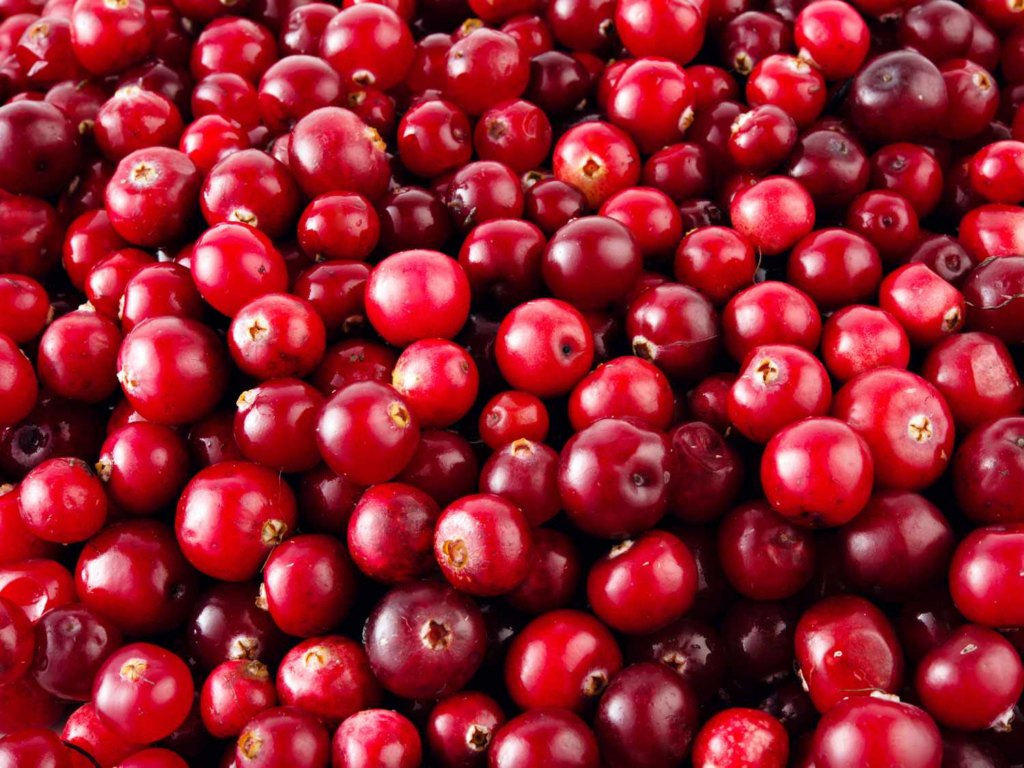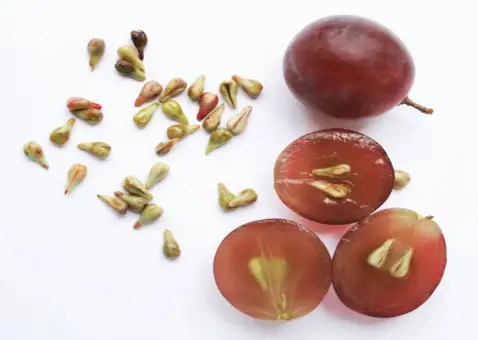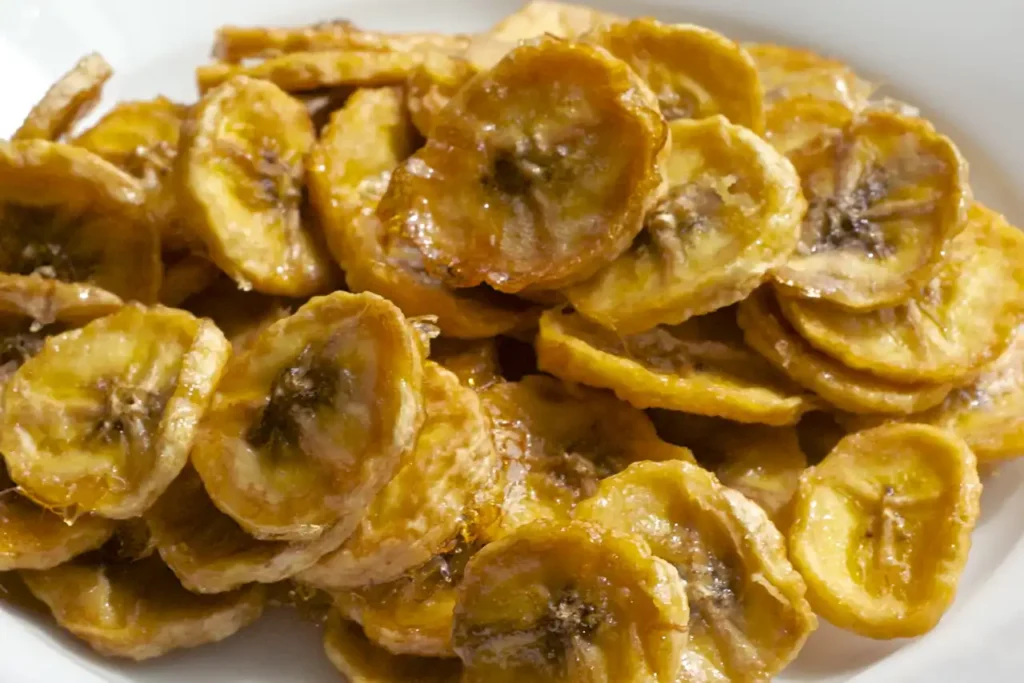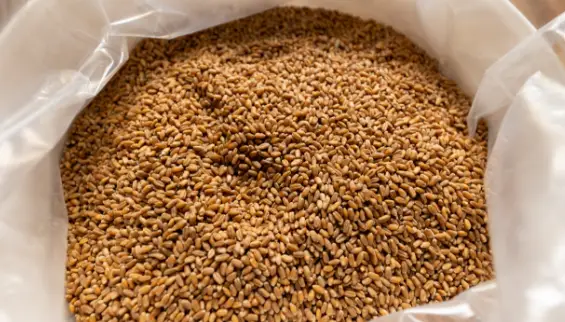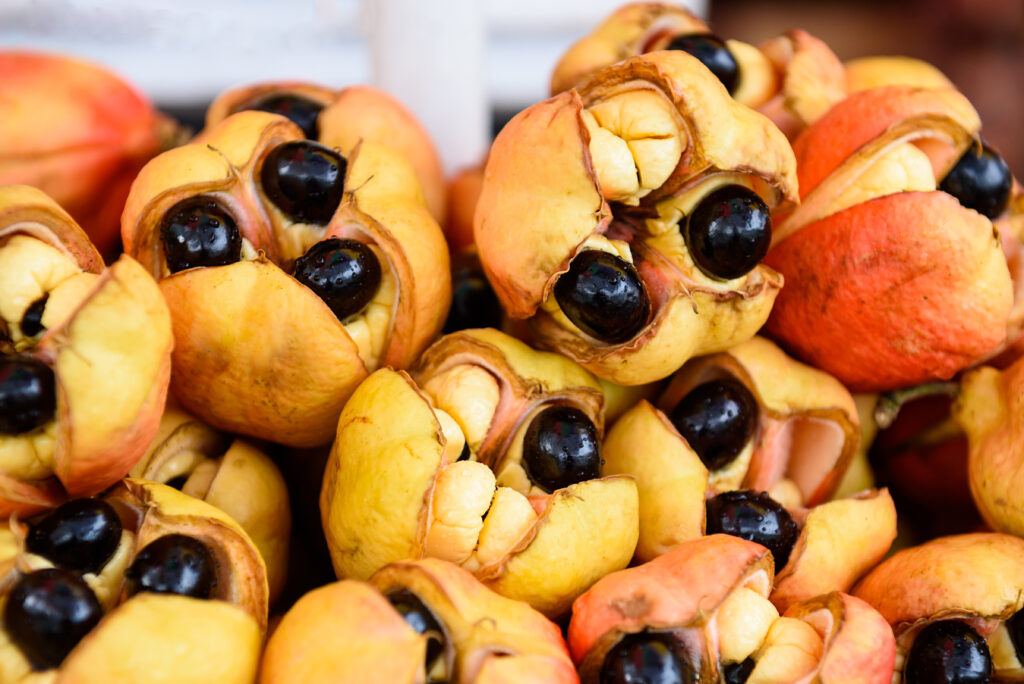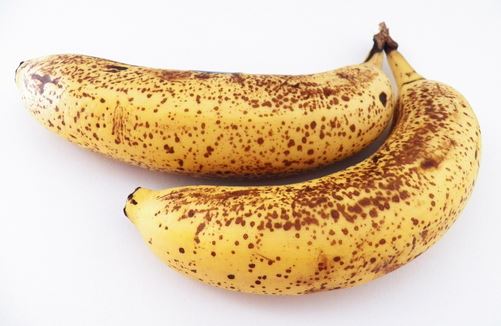Bananas are very popular fruits because they are sweet, soft, and good for you. But sometimes, bananas split open before they’re ready to eat, which is not nice to look at or use. Luckily, there are things you can do to stop this from happening. We’ll talk about why bananas split and what you can do to keep them whole until you’re ready to enjoy them.
Stopping your bananas from breaking open is possible if you learn a few handy tips. This article will explain the reasons they split and give you some ways to keep your bananas just right.
Table of Contents
What Makes Bananas Split Open?
First, let’s look at what makes a banana’s skin break apart.
Here are some common things that can cause this:
1. Big Temperature Changes
Bananas don’t like it when it gets hot or cold too quickly. If this happens, the inside of the banana can grow or shrink faster than the skin, making the skin tear.
For example, taking a banana from a cold fridge into hot weather can make it split. The same can happen if you freeze a banana or heat it up too fast in a microwave.
2. Getting Ripe
When bananas ripen, they turn starch into sugar, making the inside soft and the skin easy to bend. If this happens too quickly or unevenly, it can make the peel break.
Bananas that are too ripe can break easily because their skins get weak and their insides turn mushy. It’s best to eat bananas before they get too ripe.
3. Bumps and Bruises
If you bump or squash a banana, it can get damaged. Dropping them or squishing them can make parts of the banana weak, which can cause the skin to split as the banana gets riper.
Handling bananas with care helps avoid breaking them. It’s important to protect bananas from getting hit or squished.
How to Keep Bananas from Splitting Open
Don’t worry, there are plenty of ways to keep your bananas from breaking open too soon.
Here are some helpful ideas:
1. Keep the Temperature Steady
Don’t let bananas get too hot or too cold suddenly. Never put whole bananas in the fridge. If bananas are cold, let them warm up slowly before you put them somewhere hot.
Keep bananas away from places like windows, heaters, or stoves. Store them in a place that has a regular, not-too-hot temperature. Wrapping the tops of banana bunches with plastic wrap can help keep them from feeling the temperature change too much.
2. Make Them Ripen Slower
You can stop bananas from getting ripe too fast by doing these things:
- Keep unripe bananas away from ripe ones because the gas that ripe bananas give off can make other bananas ripen faster.
- Put green bananas in a cool, dark spot. The fridge is okay, but let them come to room temperature before they get warm.
- Don’t keep bananas in bags or containers that are closed tight. If there’s not enough air, they’ll ripen even faster.
- Wipe banana skins with juice from fruits like lemons, oranges, or pineapples to stop them from ripening too quickly.
By slowing down the ripening, the skin has more time to adjust to the changes inside the fruit.
3. Be Gentle
Avoid hurting bananas by moving and storing them carefully. Don’t drop, toss, or step on them. Make sure not to squish or bend them when you’re putting them away or taking them somewhere.
Use soft wrapping like tissue paper or bubble wrap to keep bananas from getting hit. Place them gently so they’re not crushed under heavy things. Keep bananas with the stem side up so they hold their shape better.
Cut the stems with scissors instead of breaking them to keep the top from splitting. Before freezing, slice a cross on the peel to make space for it to expand.
4. Protect the Fruit
Use special sleeves, tubes, or wraps made to keep bananas from getting too hot or cold and from rubbing against other bananas. These protectors can stop the skin from breaking because of temperature or bumps.
You can wrap bananas in cling film, tin foil, or paper. Bags that you can seal are good, too, but don’t seal them all the way, or they’ll ripen too quickly.
5. Throw Away Bad Bananas
Check on your bananas now and then and get rid of any that are too ripe. Eat ripe bananas quickly and don’t let them get to the point where their skins break.
If a banana does split, you should compost it instead of eating it because when the inside gets exposed, germs can grow. Bananas taste and feel the best when they’re just the right amount of ripe and have the most nutrients for you.
Conclusion
A banana breaking open when it’s not ready can be a pain and make it not good to eat. But this common problem can be fixed. Watch out for big temperature changes, how fast the banana is ripening, and any bumps it might get. If you take care of these things, you can enjoy perfect bananas for longer.
